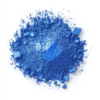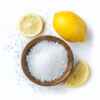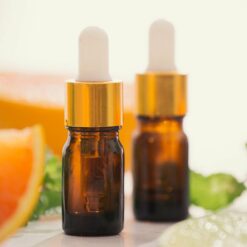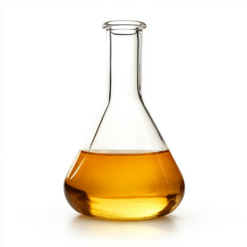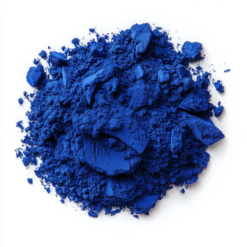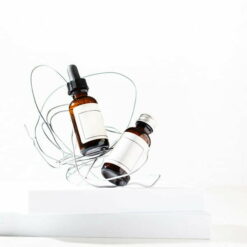Properties of trehalose
Trehalose consists of two glucose molecules and occurs naturally in many organisms, including plants, fungi and insects. It is thanks to its ability to bind water that desert plants can survive in extreme conditions. In cosmetics, trehalose acts as a humectant, or moisturizer, which binds water in the epidermis and prevents it from evaporating. Trehalose also has a protective function. It protects skin cells from oxidative stress and free radical damage – and this slows down the aging process. The product is also an effective antioxidant, and helps regenerate the skin’s hydrolipid barrier. Trehalose protects the skin from harmful external factors such as UV radiation, smog and other environmental pollutants.
Use in cosmetics
Trehalose is used in cosmetics for the face, body and hair. It is especially recommended for people with dry, sensitive, dehydrated skin or with signs of aging. It can be used as an ingredient in moisturizers, serums, masks and lotions, especially anti-aging cosmetics. For oily and acne-prone skin, trehalose also benefits, as it moisturizes the skin without clogging pores and helps regulate sebum secretion. Trehalose also has a soothing effect, helping with skin problems such as eczema, psoriasis and atopic dermatitis (AD). It helps reduce redness, irritation and the feeling of skin tightness and itching.
Innovative applications of trehalose
In addition to its traditional uses in cosmetics, trehalose also finds a place in more advanced products, such as eye drops, where it helps regenerate the tear film, and in hair moisturizers, which protect hair from excessive dryness and mechanical damage. In hair cosmetics, trehalose helps moisturize hair, gives it shine and protects it from damaging external factors such as high temperatures during styling. In cosmetology and dermatology, trehalose is often used as an ingredient to promote skin regeneration after acid or retinol treatments, which can cause peeling and dryness. Trehalose then has a moisturizing, soothing effect and helps rebuild the skin’s protective layer.


